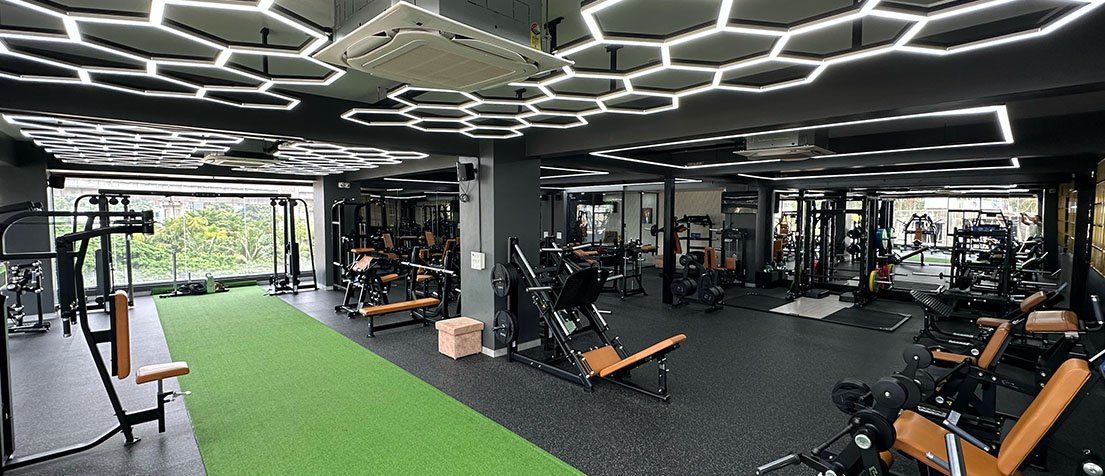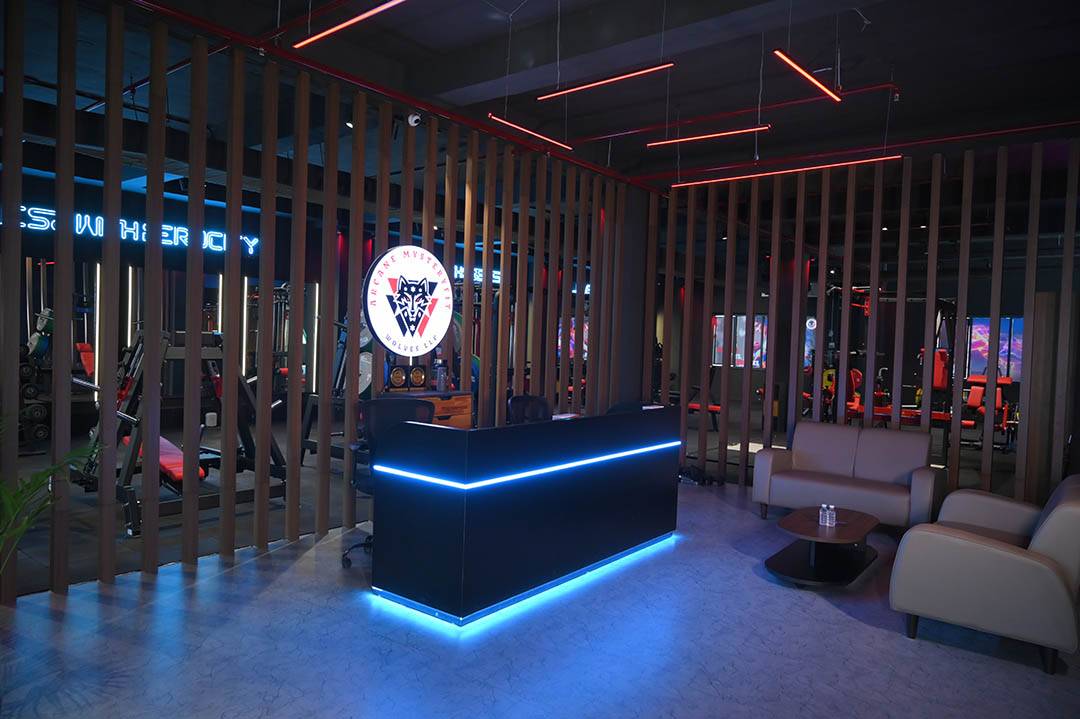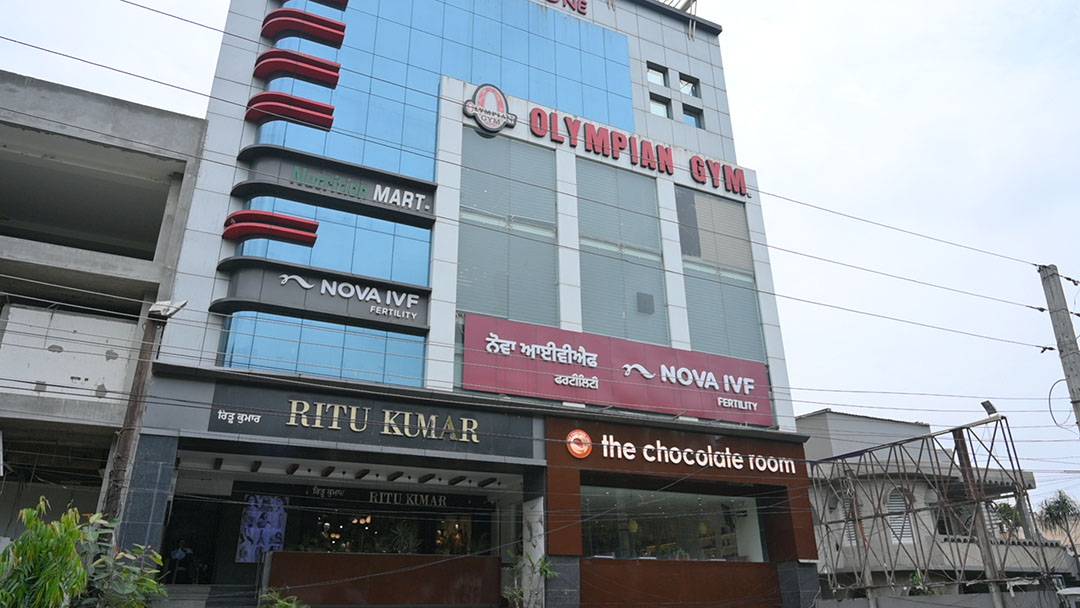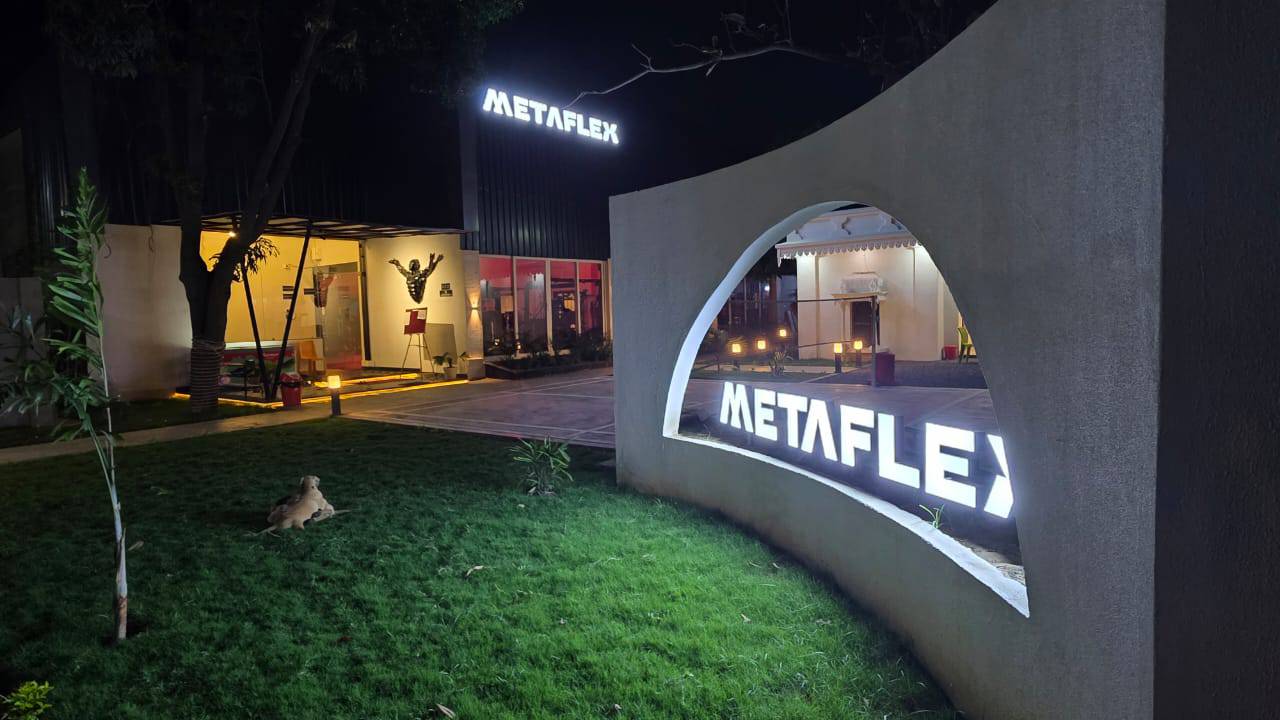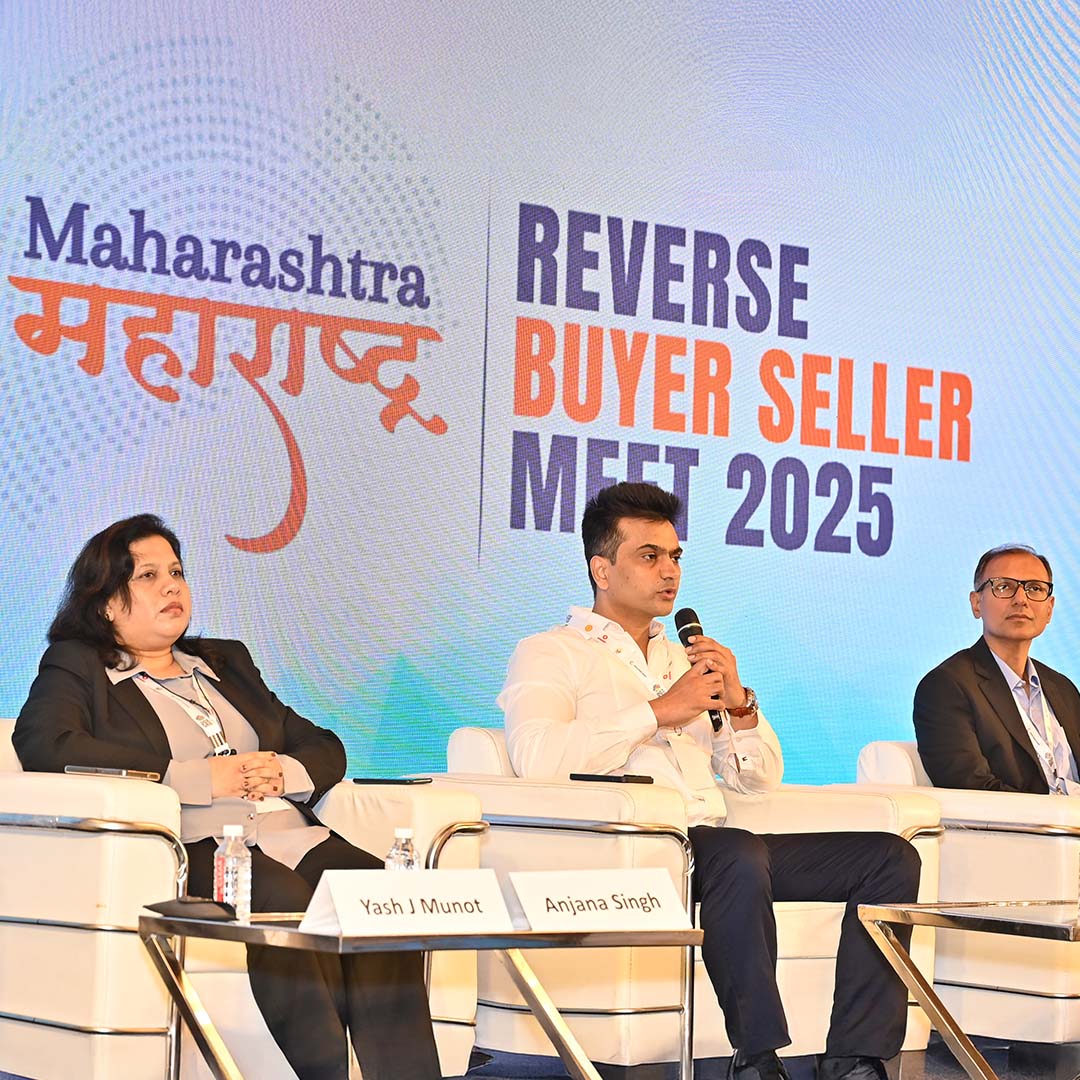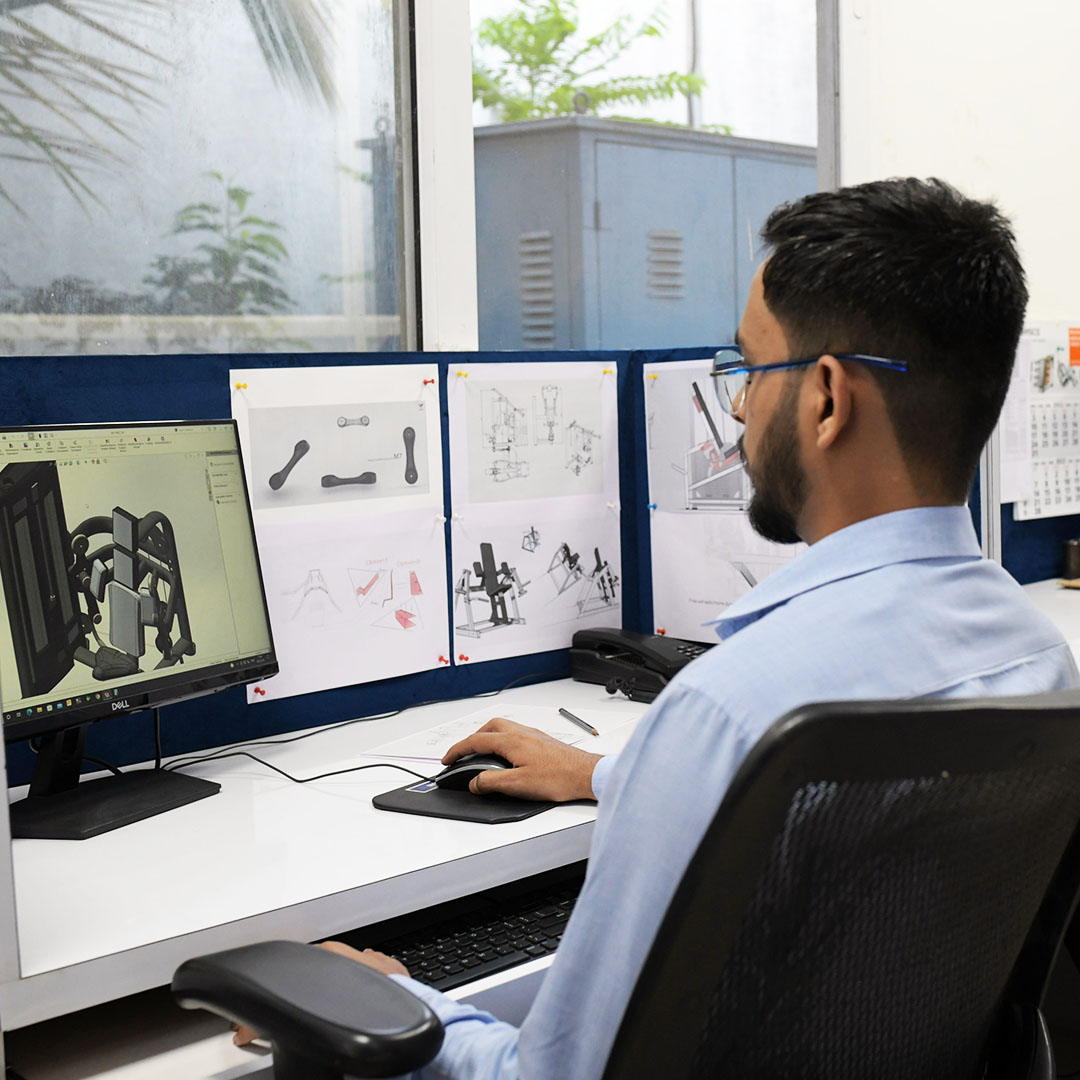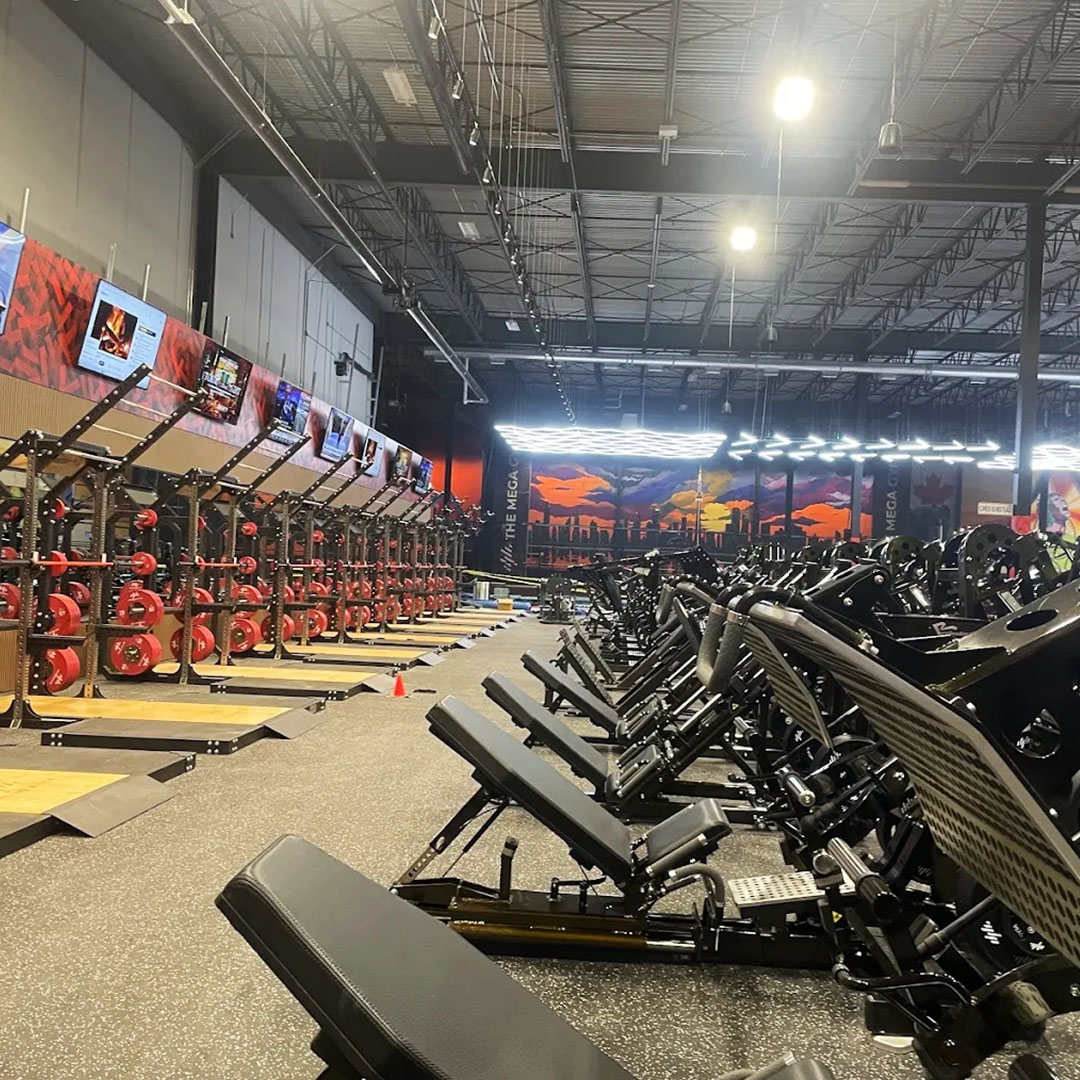India’s fitness industry is witnessing a powerful shift—from urban metros to tier-2 towns, more Indians are making health and wellness a priority. For entrepreneurs, this momentum creates a golden opportunity. But success in the gym business requires more than passion—it needs a smart approach, the right financial planning, and a deep understanding of your audience.
Gym businesses are among the most lucrative ventures today:
- Average payback period: 2.5 years
- Annual ROI: 30%
This step breaks down your two main pathways: starting your own independent gym vs. buying into a franchise.
Independent Gym
An independent gym allows full control over your business. You can build your own brand, set your own pricing, offer custom programs, and design the gym interior exactly the way you envision. There’s also room to innovate—whether it’s experimenting with new fitness formats, introducing community events, or catering to hyperlocal preferences.
- Higher Profit Margins: You retain all revenue and have the flexibility to optimize pricing, costs, and services based on your audience.
- Complete Branding Control: Your unique selection of equipment, color combination, or machine brands becomes your USP.
- Customization Freedom: Tailor services for corporates, IT employees, housewives, gated communities, etc.
Challenges:
- You need to handle everything—marketing, operations, staff, customer acquisition, and vendor negotiations.
- Building brand credibility takes time and money.
- No bulk discounts or central support unlike franchises.
Franchise Gym
Opting for a franchise gives you a head start with brand recognition, a pre-tested gym business plan, and ongoing support. Reputed chains like Cult Fit, Gold’s Gym, and Anytime Fitness offer assistance with gym setup, layout, training, marketing, and operations.
Benefits:
- Structured SOPs and national campaigns boost visibility
- Centralized support for software, branding, and customer retention
- Suitable for first-time entrepreneurs or passive investors
Costs:
- Upfront franchise fee of ₹15–25 lakh
- Ongoing royalty of 5–7% of monthly revenue
- If sufficient member volume doesn’t come, profits reduce drastically
- Restricted autonomy in pricing, layout, and promotions
Example – Anytime Fitness Upfront investment: ₹2–5 crore (includes ₹20 lakh brand fee) Royalty: 6% on gross revenue Support: Business automation, brand power, structured marketing
Summary:
- Choose Independent if you value freedom, branding control, local customization, and want higher profit margins.
- Choose Franchise if you prefer structured systems, faster growth, and ongoing support—but are okay with tighter margins and fixed brand rules
STEP 2 – BUDGET PLANNING: KEY COMPONENTS
Once your model is clear, the next step is realistic budget planning. Below are the primary components you must account for when launching your gym:
1. Gym Equipment Setup Costs
This is the biggest capital expense in your gym setup.
- Basic Setup: ₹20 lakh–₹35 lakh
Treadmills, spin bikes, weight machines, benches, free weights, mats - Comprehensive Setup: ₹35 lakh–₹1 crore
Functional rigs, plate-loaded machines, CrossFit zones, high-end brand equipment
Tip: Work with trusted gym equipment manufacturers in India or global partnerships like Into Wellness with Realleader USA for quality, biomechanics-driven machines.
Your equipment and brand selection can also become part of your USP (Unique Selling Proposition)—offering international-grade machines, bold colour palettes, or specialized rigs.
2. Interiors and Fit-Outs
Gym Interiors impact experience and brand perception. They include flooring, mirrors, lighting, partitions, HVAC systems, reception, civil work, plumbing, security cameras, furniture, and electrical fittings.
- Small Gym: ₹15 lakh–₹25 lakh
- Mid-Size Gym: ₹25 lakh–₹40 lakh
- Large Premium Gym: ₹40 lakh–₹75 lakh+
Costs will further increase if you add steam rooms, sauna, shower zones, or dedicated locker areas—all of which are considered essential features in modern gym design.
Let’s look at some of Into Wellness powered fitness zones and their interior.
3. Lease & Security Deposit
Rent depends on city tier, road frontage, and proximity to commercial hubs.
- Rent: ₹50,000–₹5,00,000/month
- Deposit: 2–6 months’ rent depending on landlord and city norms
4. Working Capital
Always keep a cash buffer to cover 3–6 months of expenses:
- Staff salaries
- Utilities (electricity, water, repairs)
- Paid ads and local promotions
- Maintenance and other overheads
This buffer helps you stay financially secure until you break even.
5. Pre-Sales & Launch Marketing
Early marketing ensures your gym doesn’t open to silence. Allocate 5–10% of your budget to generate buzz:
- Targeted digital ads
- Influencer collaborations
- Print flyers in the community
- Referral programs and launch offers
Start collecting leads and building a waitlist 30–45 days before launch. Showcase your brand’s values through facility sneak peeks and your unique offerings.
STEP 3 – SELECTING THE PERFECT LOCATION FOR YOUR GYM
Choosing where to open your gym isn’t just about picking a pin on the map—it’s about understanding people, behavior, and the flow of a neighborhood. A good location won’t just draw crowds; it can shape your brand and boost long-term loyalty. A misstep, though, and even the best gym design or equipment won’t help. Here’s how to think it through.
Target Audience and Demographics
Begin with people, not property. Who are you trying to reach? Look into the local area—who lives, studies, or works nearby? What’s their lifestyle?
- Near Colleges: If your focus is students, a location close to campuses is practical—they want affordability and easy access.
- Office Zones: Professionals tend to squeeze in workouts before or after their workday. Being near a business park or office hub works well.
- Residential Pockets: Neighborhood gyms thrive when they’re close to homes—especially if you’re aiming for families, housewives, or older adults.
- Gated Communities: High potential for consistent footfall and word-of-mouth marketing among residents.
Choose a location that fits into your customers’ daily rhythm—not one that disrupts it.
Budget Considerations
High-visibility locations often come at a premium. Yes, more eyes on your signage is valuable, but will that rent leave enough for equipment, marketing, and staff? Sometimes, slightly less obvious locations offer better margins and room to grow.
Visibility and Foot Traffic
Still, don’t go completely invisible. A space that’s seen frequently—by pedestrians or drivers—helps build top-of-mind recall. People might not join today, but they’ll know where you are when they’re ready.
Accessibility
How easily can someone get to your gym?
- Public Transit Nearby: Buses or metro access is a major plus, especially in urban areas.
- Walkable Routes: Make sure people can get to you safely on foot.
- Parking: There must be adequate space for 2-wheelers, 4-wheelers, and adjoining road parking. Frustration with parking kills repeat visits.
Convenience is key—accessibility isn’t a luxury, it’s a driver of retention.
Competition Analysis
What are other gyms in your area offering—or missing? Conduct a survey and assess:
- Equipment condition, brand, and mix
- Trainers and their certifications
- Membership fees and number of active members
- Total gym area and usable layout
Attach your competition survey document for reference.
Differentiate your gym based on this analysis—highlight what you’ll do better or differently.
Facility Layout and Design
The structure you pick will shape your gym’s experience.
- Single-Level Spaces: Easier to manage, more intuitive for users.
- Open Floor Plans: Let you adapt the space for group classes, functional training zones, or high-intensity circuits.
- No Beams and Columns: These create an impression of greater space and openness.
- Tall Ceilings: Add breathing room, literally and visually. Plus, they’re better for rigs and airflow.
The physical space should work with your business, not against it.
Natural Lighting and Ambience
People don’t just want a place to sweat—they want to feel good doing it. Natural light improves energy and focus. Even in warm climates, good daylight and fresh air make a huge difference in mood. It also helps reduce electricity costs over time.
Orientation and Climate
A north- or east-facing building in warmer regions helps regulate temperature and keeps the space comfortable. Less heat = lower cooling bills.
Construction Environment
Construction work nearby can create noise and dust, making the gym experience unpleasant. It may also obstruct access and limit parking. Visit during peak hours to assess the reality.
External View
If you’re placing treadmills or cardio machines near windows, the outside view matters. A pleasant and open outlook boosts user mood and overall experience.
Space Readiness
Not all spaces are move-in ready.
- Bare Shells: You’ll be investing in everything—from basic plumbing to civil work.
- Warm Shells: These may already have flooring, lighting, or washrooms in place.
Understanding what’s ready—and what’s not—helps plan your setup budget and timeline more realistically.
Signage Opportunities
Visibility isn’t just about footfall. Can people actually see your gym’s name? Ensure the building allows external signs that are easy to spot. Glass fronts or street-facing panels help.
Plumbing and Amenities
Water supply is non-negotiable—for bathrooms, cleaning, and showers. Don’t assume it’s ready. Confirm the source, flow, and drainage support before you sign anything.
Building Condition and Age
You don’t want to be patching leaks three months in. Buildings that are five years old or newer tend to need fewer repairs. Older ones? Be sure to check the wiring, waterlines, and insulation.
Surrounding Businesses and Community
Look at the ecosystem you’re entering.
- Complementary Neighbors: A nearby smoothie bar, physio clinic, or yoga studio can work in your favor.
- Security: Are the lanes well-lit? Is it safe after 8 PM? Your members will notice, and it impacts usage.
A healthy neighborhood makes it easier to build a thriving fitness community.
Final Word Choosing a gym location isn’t just a real estate call—it’s a strategic decision. Think of it as choosing the ecosystem where your business will live and grow. Spend time walking the area, noticing the flow of people, talking to nearby businesses, and envisioning how your gym will add value.
Next up, we’ll dig into lease negotiations and how to set terms that protect your investment and give you room to grow.
STEP 4 – NEGOTIATING GYM RENT: KEY FACTORS FOR SUCCESS
A well-negotiated lease can be one of your gym’s biggest assets. It affects everything—from your upfront costs to long-term profitability. Too often, gym owners sign standard rental agreements without questioning terms that can seriously impact cash flow or growth potential. This section outlines what to watch for and how to make lease negotiations work in your favor.
1. Type of Agreement: Leave and License
In India, gym rentals typically fall under Leave and License agreements—not commercial leases. These are simpler, quicker to execute, and reduce tenant liabilities compared to standard lease contracts. Confirm the agreement type before proceeding.
2. Lease Term and Lock-In Period
- Ideal Lease Duration: Locking in your space for 3 to 5 years gives you operational security while keeping exit options flexible.
- Lock-In Period: Negotiate a lock-in of at least 2 years to avoid early termination penalties.
- Renewal Clauses: Always negotiate renewal rights. Secure terms that let you extend your lease at a pre-decided rate. It’s one less surprise when the contract ends.
3. Rent Structure and Escalation Clauses
- Base Rent: Study comparable properties before settling on rent. Understand average per sq. ft. rates in your locality.
- Escalation Clause: In India, rent escalation is typically 12–15% every 3 years. Avoid yearly hikes unless absolutely necessary. Fix this in writing.
4. Facilities and Amenities
- Parking: Ask how many spaces you’ll have access to and whether they’re reserved for your clients or shared.
- Maintenance Fees: Clarify what’s covered under CAM (Common Area Maintenance). Request a breakdown and cap any annual increases.
- Shared Utilities: If diesel generators or shared water tanks are involved, find out your share of usage and the billing method.
5. Space Measurements: Carpet Area vs. Sellable Area
- Know the Difference: Carpet area is what you actually use. Sellable area includes common spaces like lobbies and stairwells. Loading percentages typically range between 30%–40%.
- Ensure your rent is calculated on carpet area or, at the very least, understand what you’re paying for.
6. Property Condition and Improvements
- Shell Type: Bare shell spaces require a lot of work—flooring, fittings, sometimes even plumbing. A warm shell can save you setup time and cost.
- Improvement Costs: There is no concept of a “Tenant Improvement Allowance” in India. Instead, negotiate with your landlord to bear the cost of any civil changes that remain permanent to the facility.
7. Utilities and Infrastructure
- Electrical Load: Share your equipment list in advance—especially for treadmills, HVAC systems, and lighting. Ask the landlord to provide a DB (distribution board) and meters aligned with your load.
- Water Supply: Confirm 24/7 availability and adequate supply for showers, restrooms, and cleaning. This must be verified.
8. Legal and Financial Protections
- Personal Guarantees: Try to avoid clauses that make you personally liable for business defaults. If required, cap the exposure or add a time-bound clause.
- Exit Clauses: Build a graceful exit into your lease. Discuss early termination terms, exit penalties, and whether subleasing is allowed.
- Force Majeure: These clauses cover events like pandemics or natural disasters. Make sure they’re included and define the triggers clearly.
9. Professional Assistance
- Legal Counsel: Always involve a lawyer—ideally one experienced in commercial leases. They can spot red flags and ambiguous language.
- Real Estate Brokers: A local broker can help negotiate better terms, compare rates, and flag hidden risks. Don’t skip this step—it can save lakhs.
Final Word By being diligent about these factors, you’re not just signing a lease—you’re shaping the financial future of your gym. The right agreement gives you room to grow, the freedom to operate efficiently, and the protection to weather any surprises.
Next, we’ll move into budgeting your gym’s setup and launch phase—equipment, interiors, marketing, and working capital.
STEP 5 – FINANCING, BRANDING, AND LAUNCHING YOUR GYM IN INDIA
India’s fitness industry is witnessing an exciting boom, expected to hit $6.1 billion by the end of 2025. Whether you’re building your first gym or expanding a fitness brand, this growth signals a huge opportunity. But launching a gym requires more than just motivation—it takes solid financial planning, strong branding, legal clarity, and timely execution. Here’s your roadmap to getting it right.
Financing Your Fitness Dream
1. Personal Funds Using your savings allows complete control—no loan repayments or equity dilution. But keep business finances separate for clarity and compliance.
2. Bank Loans Banks offer business loans for gyms if you meet their criteria:
- Prepare a business plan with 3-year projections
- Maintain a strong CIBIL score (750+)
- Offer collateral—like property or fixed deposits
- Submit stamped quotations from vendors
- Include CMA data
- Expect processing times of 35–45 days and interest rates from 11%–16%.
These loans often cover equipment, interiors, and working capital.
3. MSME Loans and Government Schemes Several Indian government schemes can help:
- PMEGP: Up to 35% subsidy for urban businesses
- MUDRA (Tarun): Loans up to ₹10 lakhs without collateral
- CGTMSE: Collateral-free loans for MSMEs
4. Investor Partnerships Approach investors who see the gym sector’s growth potential:
- Highlight the 30–35% ROI and 2–3 year payback timeline
- Outline profit-sharing and responsibilities clearly
- Target angel investors or fitness-savvy entrepreneurs
5. Franchise Financing If opting for a franchise model:
- Some brands offer lower upfront fees for early adopters
- Leasing options reduce equipment costs
- Additional support includes site selection and marketing
Establishing a Brand That Stands Out
1. Name and Logo Development
- Choose a name that’s easy, relevant, and resonates with your target audience
- Consider regional language if targeting a specific location
- Design a scalable, visually impactful logo
- Test your name and logo with your intended audience
2. Trademark Registration Secure your brand legally:
- Register under Class 41 for fitness services
- File through India’s IP Office
- Budget ₹9,000–₹12,000; hire a trademark attorney for accuracy
3. Digital Presence Setup Your digital footprint starts before your doors open:
- Secure a domain that matches your gym name
- Set up Google My Business and collect your Google PIN after finalizing the address
- Lock down consistent usernames across platforms (Instagram, Facebook, YouTube)
- Build a mobile-friendly website with booking options
- Plan a content calendar for social media
4. Market Positioning & USP
- Analyze competitors and local price points
- Define what makes you different: better ambiance, women-focused workouts, personalized plans?
- Decide whether you’ll be a traditional gym, boutique studio, or niche training facility
Your unique selection of equipment, color scheme, or brand choices for machines can itself become a strong differentiator and USP.
Documentation & Legalities
1. Choose a Business Structure
- Sole Proprietorship: Simple, but unlimited liability
- Partnership: Shared risk and roles, requires a deed
- LLP: Safer than a partnership, fewer compliances than a private limited
- Private Limited Company: Ideal for raising funds but needs compliance discipline
2. Essential Registrations
- Business registration (as per structure)
- GST: Mandatory if turnover exceeds ₹20L. Even below that, it helps claim input credit
- Udyam Registration: For MSME benefits
- PAN & TAN: For business taxation and salary deductions
- Professional Tax Registration: State-specific compliance
3. Licenses and Permits Depending on your services, you may also need:
- Shop & Establishment license
- Fire NOC
- Police NOC
- FSSAI license (for supplements/juice bar)
- Music license (from PPL or IPRS)
- Elevator license (if applicable)
4. Insurance Coverage
- General Liability: For customer injuries
- Property Insurance: For damage or theft
- Professional Liability: For personal trainers
- Business Interruption: For income loss during unforeseen closures
Timeline & Execution Plan
A gym launch isn’t a weekend project—it’s a multi-stage rollout.
Pre-Planning (2–3 Months)
- Conduct feasibility study
- Finalize business model and funding
- Scout and evaluate locations
- Start branding process
- Apply for loans if needed
Setup Phase (3–4 Months)
- Finalize lease and permissions
- Start interiors and layout design
- Order equipment
- Hire staff and initiate training
- Develop pricing plans and service structure
Pre-Launch (1–2 Months)
- Set up digital and on-ground marketing
- Sell early memberships or pre-launch offers
- Complete equipment installation and system testing
- Conduct mock runs and internal trials
Launch & Beyond
- Host a launch event
- Begin full operations with support staff ready
- Implement monthly performance reviews
- Schedule regular equipment maintenance
Gantt Chart Tip Break the launch timeline into detailed tasks with dates, dependencies, and owners. Tools like Trello, Asana, or Excel help keep everyone accountable.
Note: The usual rent-free grace period during setup lasts only two months. Efficient execution saves money.
Conclusion
Your Fitness Business Blueprint Starting a gym in India is a challenge—but one filled with potential. With rising health awareness, growing spending power, and an underserved demand in Tier 2 and Tier 3 cities, it’s a business ripe for growth.
Finance smartly. Build a brand that’s not just seen—but remembered. Fulfill all legal obligations. Execute in stages with clear milestones. Most importantly, keep your gym centered around helping people achieve their fitness goals. Do that consistently, and your business won’t just survive—it’ll thrive.


